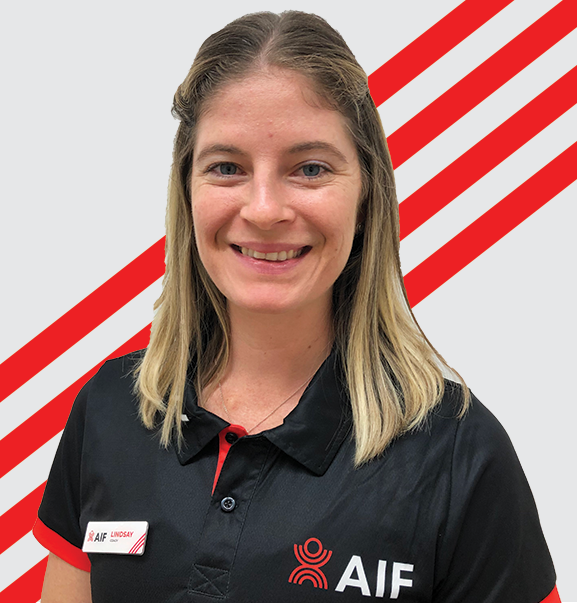The Fitness Zone

How much should your massage hurt?
Tightness, soreness, stiffness. We’ve all had these feelings in areas of the body causing us some kind of discomfort. Whether it’s a sore neck from sitting at the computer too long, ongoing niggles from the gym, or you’re just stressed out. We eventually get to a point where we just want someone to get their hands on us and work it all out. But sometimes when we do finally get that massage we’ve been longing for, we leave feeling battered, bruised, or even worse off than when we walked in the door! In that case, you will probably ask yourself “Was that supposed to hurt THAT much?!”.
Well, yes and no. Let’s look at why.
It’s usually painful for your body to get to this point in the first place. A build-up of tightness or stress leaves a muscle quite tender to touch. It’s not usually until this time that we get it looked at. However, it is important for you as the client to understand the difference between good pain and bad pain, particularly as it relates to a massage.
A good Massage Therapist will often induce some brief moments of pain as the body reacts to the pressure applied. This contributes to the body’s healing processes and often assists in relieving associated mental stress. Throughout your massage you might feel times of discomfort, and the pain you do feel should be met with a feeling of relief. Your therapist can read your body language, but they can’t read your mind. ‘Good pain’ should be like scratching an itch. You know it’s uncomfortable, but it definitely feels good!
Everyone’s perception and threshold for pain is different and can change depending on day, mood, health and situation. A good therapist should be taking this into account even if it’s your tenth treatment with them. A massage, much like a workout, can leave your body feeling fatigued, dehydrated, a little tender, but for the most part you should feel good and your muscles more relaxed. You should be confident that your therapist has looked after you.
If you leave a massage feeling very sore, distressed, even a bit sick, it’s likely that level of pain was unnecessary, especially if you are not feeling the benefits a couple of days later. Muscles contract when they experience excessive pressure or pain and cause a fight or flight response in your nervous system to protect the body from harm. Our natural reaction to pain is to wince, retract, flinch, and breathe a little heavier as our heart rate skyrockets. Not exactly typical signs of someone who’s supposed to be relaxing their muscles!
A massage that is brutal might be appreciated, it might even be helpful in some way, but most people can’t tell the difference between the kind of pain that might be necessary as part of your treatment, and the bad, ugly pain, that is just abusive and dangerous.
So next time you’re on the hunt for a good massage to relieve your aches and pains, shop around. Communication is key. You are there to get the treatment that YOU want, so don’t be afraid to politely speak up and inform your therapist of the right amount of pressure you want in your massage.
Read more articles
Disclaimer: Where Certificate III in Fitness, Cert III/Cert 3, or Fitness Coach is mentioned, it refers to SIS30321 Certificate III in Fitness. Where Certificate IV in Fitness, Cert IV/Cert 4, or Personal Trainer is mentioned, it refers to SIS40221 Certificate IV in Fitness. Where Master Trainer Program™ is mentioned, it refers to Fitness Essentials and SIS40221 Certificate IV in Fitness. Where Master Trainer Plus+ Program™ is mentioned, it refers to SIS30321 Certificate III in Fitness and SIS40221 Certificate IV in Fitness. Where Certificate IV in Massage or Cert IV/Cert 4 is mentioned, it refers to HLT42021 Certificate IV in Massage Therapy. Where Diploma of Remedial Massage is mentioned, it refers to HLT52021 Diploma of Remedial Massage.













